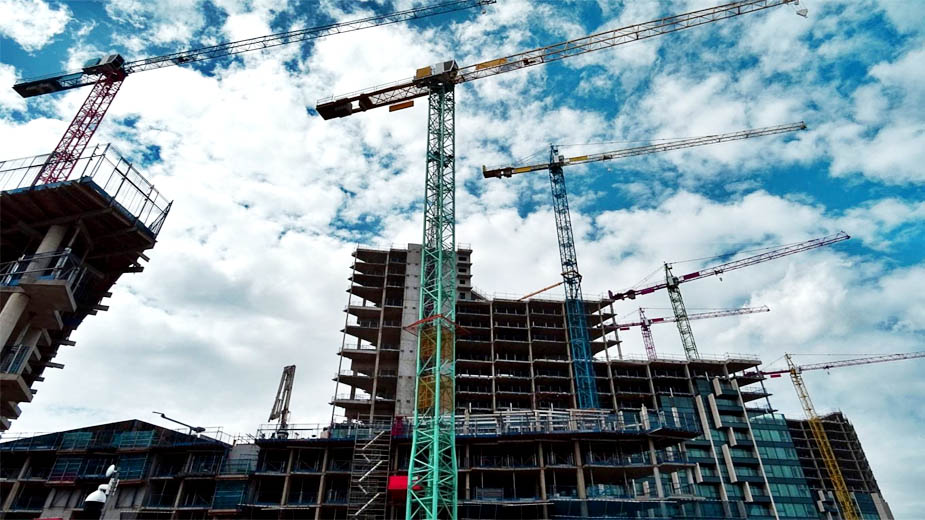India Ratings and Research (Ind-Ra) believes the recent surge in COVID-19 positive cases and subsequent lockdown imposed by various states are preventing the return of migrant labourers to their workplace, though such measures are necessary to control the outbreak. Moreover, a prolonged disruption will even dampen migrant labourers’ sentiments. The manufacturing sector will be at the forefront of the disruption particularly micro, small & medium enterprises in Maharashtra and Delhi. Though the labour shortage could accelerate the automation process wherever feasible, the near-term challenges in the form of low capacity utilisations, higher production cost and hence margin contraction are likely to impact the companies facing labour shortage due to reverse migration.
The report delves into the impact of labour shortage across various sectors in the top five migrants receiving states namely, Maharashtra, Delhi, Haryana, West Bengal and Gujarat. Ind-Ra has analysed the overall vulnerability of the states based on high-to-low inter-state migrant dependency in the manufacturing sector. The report highlights the manufacturing firms in Delhi and Haryana are more susceptible to the reverse labour migration than the firms based out of Maharashtra and Gujarat. The states of Delhi and Haryana are classified as highly vulnerable with their respective MDR (Migrant Dependency Ratio) at 93.52 and 51.74 whereas Maharashtra and Gujarat are classified as moderately vulnerable with their MDRs at 29.19 and 17.12.
Manufacturing and Construction to Bear the Brunt: The agency estimates the manufacturing sector employs close to 6 million inter-state migrant workers. Hence, across different states the manufacturing sector is exposed to a higher risk with MDR at 12.86 due to labour shortages driven by pandemic. On the other hand, the construction sector with MDR 3.72 is more dependent on the intra-state labour; hence, any operational disruption would be limited, as intra-state movement of people has been gradually relaxed. However, Ind-Ra believes that due to the dented demand in the real estate sector, project execution could be stalled and delayed, affecting the employability of intra-state labourers. Similarly, in case of the manufacturing sector, the unavailability of skilled labour, which have moved back to their respective states, has led to significant pressure on the output, leading to underutilised capacity. In fact, some micro, small & medium enterprises witnessing some demand recovery from exports are operationally challenged due to the labour shortage.
In such a case, Ind-Ra believes that manufacturing cost is likely to increase, led by either loss of economies of scale or higher wages of workers, as demand exceeds supply. Hence, the margins for such companies could come under pressure in 2QFY21, if not passed on to end-users.
Agriculture to Face the Challenge: Interestingly, Bihar which is considered to be the labour provider to the country may face labour shortage in agriculture. Agriculture contributes around 22.2% to the economic growth of the state and it employs 600,000 migrant labourers in agriculture. Furthermore, the state employs total of 8.5 million migrant labourers from the neighbouring states. The overall impact of reverse migration on agriculture in Bihar will depend on the portability of the workers who have returned from different states to Bihar in the agricultural sector.
Vulnerability Test of Ind-Ra Rated Issuers: Due to the concentration of manufacturing base in a few states, the agency assessed the impact on its rated large corporates with manufacturing plants in the top five in-migrant states namely Maharashtra, Delhi, Haryana, West Bengal and Gujarat. These states have been classified high to low on the basis of migrant dependence for manufacturing. Out of the total 198 manufacturing issuers rated A- or above, 53% have their manufacturing exposures in the top five in-migrant states. The issuers with manufacturing facility in multiple states are better hedged than the issuers with single location manufacturing facility. 36 IND A- and above rated issuers have their manufacturing facilities concentrated in only one of the top five in-migrant states, thereby, they are considered more vulnerable than the other 67 issuers with exposure in multiple states. Additionally, the impact on revenue and cash flows of the issuers with multiple manufacturing facilities is highly contingent upon the percentage revenue share from the states with high MDR, and thus, could face headwinds in the near term due to a higher production cost than the less impacted corporates; this could significantly impact their profits in short term.






